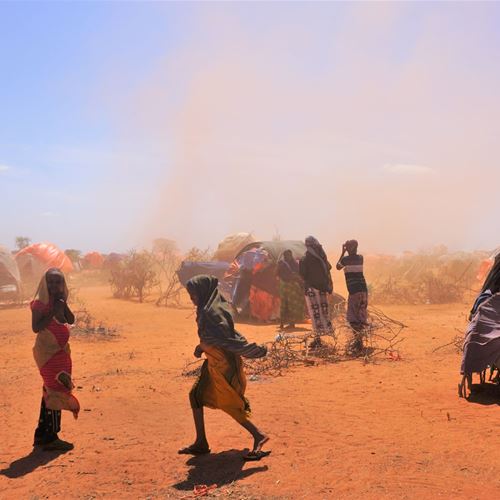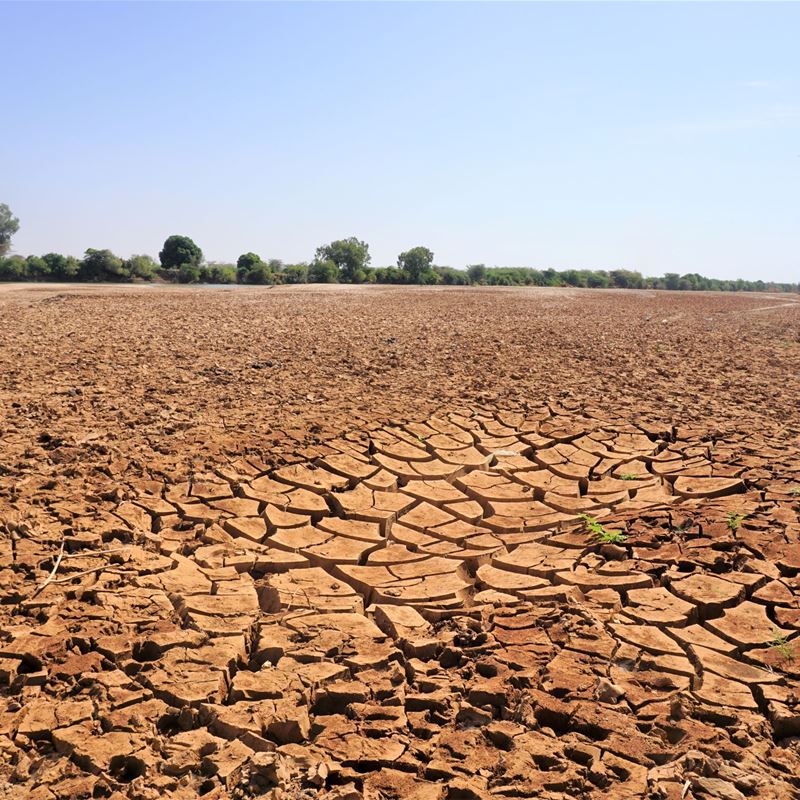News
Thousands pushed into displacement as Horn of Africa suffers worst drought in 40 years
Ethiopia, Kenya and Somalia are experiencing one of the worst droughts in 40 years after three back-to-back failed rainy seasons. Thousands of people have been forced into displacement while seeking food, water and pasture, and the governments of Kenya and Somalia have declared national emergencies.

The drought has been compounded by other shocks including the Covid-19 pandemic, armed conflict, and desert locusts, and has caused catastrophic damage to livestock, crops, and water sources. Communities have exhausted their coping mechanisms, and 12-14 million people are now severely food insecure across the three countries. In the likely event of a fourth failed rainy season, this figure could double, affecting 25.3 million people by mid-2022.
On the move in search of food, water and pasture
The thousands of families searching for food, water and pasture across the region not only suffer from the heightened protection risks and vulnerabilities that come with displacement, but increased pressure on host community resources can also be a trigger for intercommunal conflict and secondary displacement.
Somalia is the most affected: over 80% of the country is facing drought conditions, and 1.4 million people are expected to be displaced in the coming months. In Dollow alone, 2,000 internally displaced households have moved to two IDP sites since October 2021. This 17% increase has serious implications for host communities’ already limited resources.
“The situation is deteriorating extremely quickly, and elders now compare it to the 1974 drought. This is really devastating for pastoralist communities and will have a lasting impact on their resilience and self-reliance,” says Audrey Crawford, DRC Somalia Country Director.
Cereal harvests in Kenya and Somalia are expected to be up to 70% below average in January/February 2022; over 1.4 million cattle have already died in Kenya, and 8.4 million in in eastern and south-eastern Ethiopia.
No shortcuts
While is it essential to address immediate needs to save lives, DRC also continues to increase its investments into sustainable livelihoods and resilience for the long term.
“The current drought is one of the worst climate-induced emergencies ever witnessed in the region. The magnitude and acuteness of the needs require the international community to respond immediately and at scale – the window to scale up the current response before experiencing the worst effects of this drought is brief,” said Karin Sorensen, DRC East Africa and Great Lakes Deputy Regional Director, after a mission to Kakuma.
DRC has been responding to the drought crisis since early 2021. In Kenya, this involves improving water access for humans and animals across Mandera county. In Somalia, DRC’s emergency response involves cash transfers, the rehabilitation of water points, the provision of fodder for livestock, and temporary shelters.
Regional drought response is closely linked to DRC’s resilience interventions implemented through the BORESHA consortium. This flexible programmatic approach allows DRC to prioritize and scale up both lifesaving and livelihood interventions, such as asset protection, cash response, water, sanitation and hygiene, as well as conflict management.
Needs, however, continue to substantially increase, and interventions need to be scaled up in turn.

